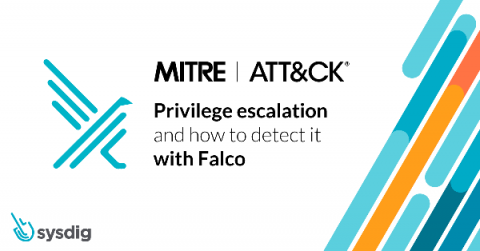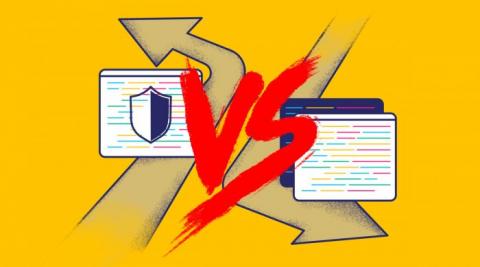Building a Superstar SOC with Automation and Standardization
When you have a team of security analysts that have a wide range of expertise, knowledge, and experience, it is natural to see the difference in the quality of work performed. One of the biggest challenges that security operation managers face when auditing the work performed is that some team members may execute different steps at different levels of rigor when investigating and remediating threats.










